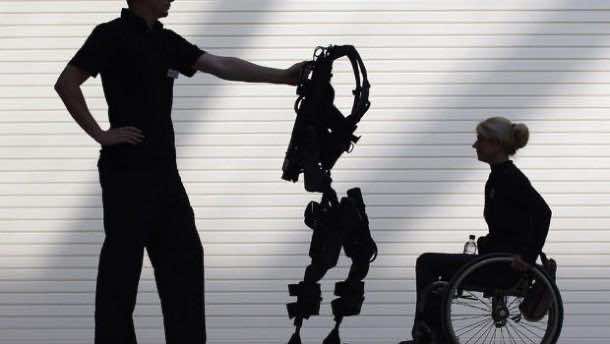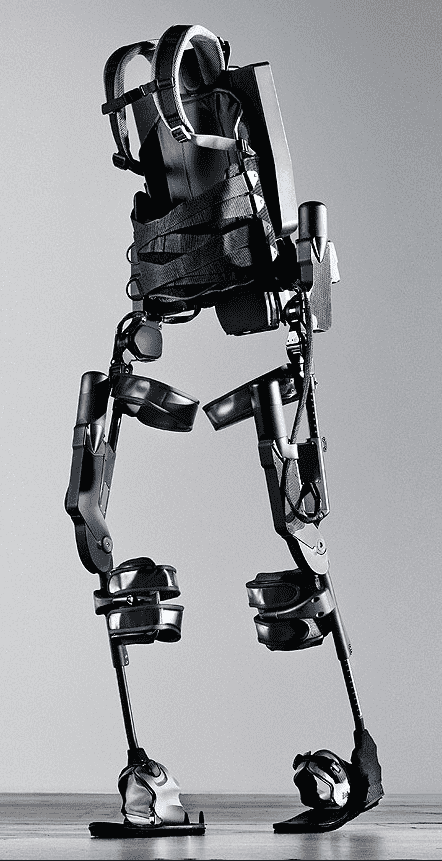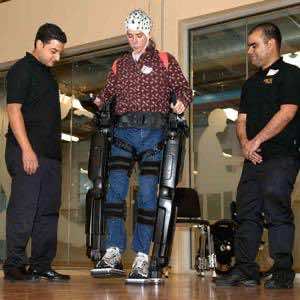Life takes a turn for the worse for those people who have get paralysed from waist down. Whether it is spinal damage which causes the immobility or the loss of the limbs themselves, people with mobility-inhibiting injuries are rarely ever able to enjoy life as they once did. But recent innovations by companies has given those confined to wheel chairs or crutches, a new lease on life.
Ekso, developed by California-based Ekso Bionics, is a ready-to-wear robotic prosthesis that function just like a pair of legs. This prosthetic exoskeleton is strapped on to patients, and with the help of a trained therapist, they can begin sessions immediately. There are two motors which rest on each hip and are powered by a lithium-ion rechargeable battery with a three-hour life. Over thirty sensors on the exoskeleton work together to enable life-like walking. Preliminary trials held in 2010 lasted 1o months with 63 paraplegia-afflicted patients, all of whom regained a degree of mobility. Users were able to take between 81 and 638 steps in the first session, giving an average of over 200 steps per user. The Ekso prosthesis comes with a price tag of $130,000 which sounds pricey but actually makes it the most commercially viable exoskeleton developed by Ekso Bionics. Other companies are developing their own prosthetics which will allow users to walk again. One such company is Argo Medical Technologies which is developing a unit that requires no therapist support, called the ReWalk.
While these modern exoskeletons still require crutches that act as controllers, future versions will require no crutches and operate by EEG alone. A product called NeuroRex works in such a way and is in the early stages of development, but research shows that the concept is very much possible. Created by Rex Bioinics, the NeuroRex is an exoskeleton which uses an electroencephalography (EEG) cap to convert the user’s thoughts into signals which operate it. The patient simply thinks an instruction such as “turn left” and the EEG electrodes pick up the resulting brain pattern associated with the command, send the information wirelessly to a computer which interprets the data and relays the desired action to the robotic legs. Clinical trials for the NeuroRex were scheduled to start in January of this year, and if all goes well, it may become the first ever thought-controlled exoskeleton available in the market.
Researchers and scientists around the world are working tirelessly in developing newer and easier ways that will allow the paralyzed or immobile to move freely again. One day in the near future, it may become commonplace to see a person walking with the aid of an exoskeleton. The technology can make anything possible.





